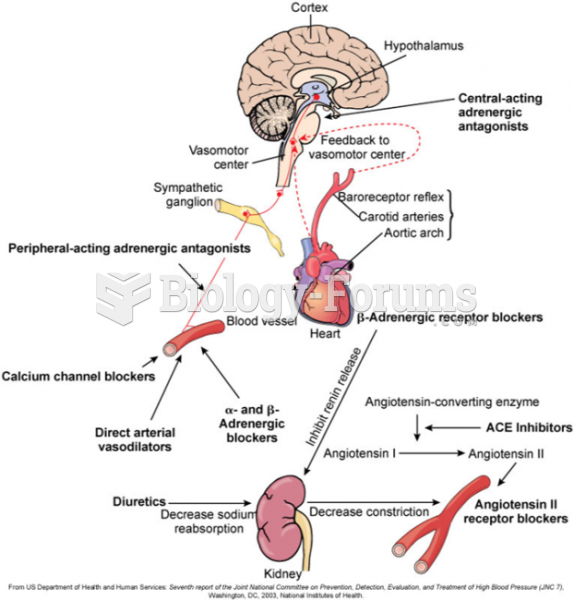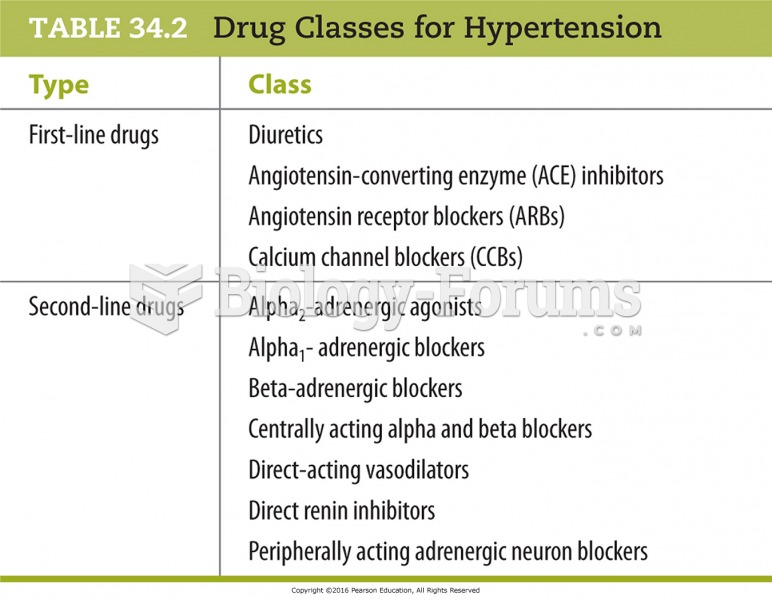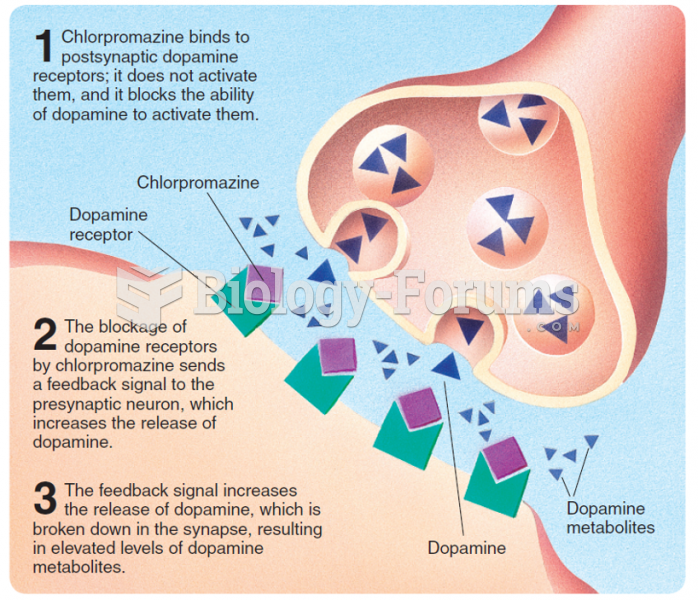Answer to Question 1
Correct Answer: 2
Rationale 1: Opening of the calcium channel and entry of calcium into myocytes and vascular smooth muscle cells occur in response to the action potential, but calcium channel blockers do not exert their therapeutic effects by interfering with the action potential.
Rationale 2: By altering the shape of the calcium channel, calcium channel blockers prevent entry of calcium into cells.
Rationale 3: The L-type calcium channel opens in response to sympathetic stimulation, but calcium channel blockers do not inhibit this input.
Rationale 4: The role of the calcium channel is to control entry of calcium into cells. The calcium channel blockers prevent entry of calcium through the channel without competing for receptors with calcium ions.
Global Rationale: By altering the shape of the calcium channel, calcium channel blockers prevent entry of calcium into cells. Opening of the calcium channel and entry of calcium into myocytes and vascular smooth muscle cells occur in response to the action potential, but calcium channel blockers do not exert their therapeutic effects by interfering with the action potential. The L-type calcium channel opens in response to sympathetic stimulation, but calcium channel blockers do not inhibit this input. The role of the calcium channel is to control entry of calcium into cells. The calcium channel blockers prevent entry of calcium through the channel without competing for receptors with calcium ions.
Answer to Question 2
Correct Answer: 1
Rationale 1: Risk of bradycardia is greater with this drug combination, since both drugs slow conduction through the AV node.
Rationale 2: The drugs are not associated with an increase in respiratory rate.
Rationale 3: Hypertension is not associated with either drug.
Rationale 4: Hyperkalemia does not occur as a result of the interaction of these drugs, although if serum potassium is abnormally high for another reason, potassium ions might compete for digoxin receptors and decrease the therapeutic effect of digoxin.
Global Rationale: Risk of bradycardia is greater with this drug combination, since both drugs slow conduction through the AV node. The drugs are not associated with an increase in respiratory rate. Hypertension is not associated with either drug. Hyperkalemia does not occur as a result of the interaction of these drugs, although if serum potassium is abnormally high for another reason, potassium ions might compete for digoxin receptors and decrease the therapeutic effect of digoxin.






